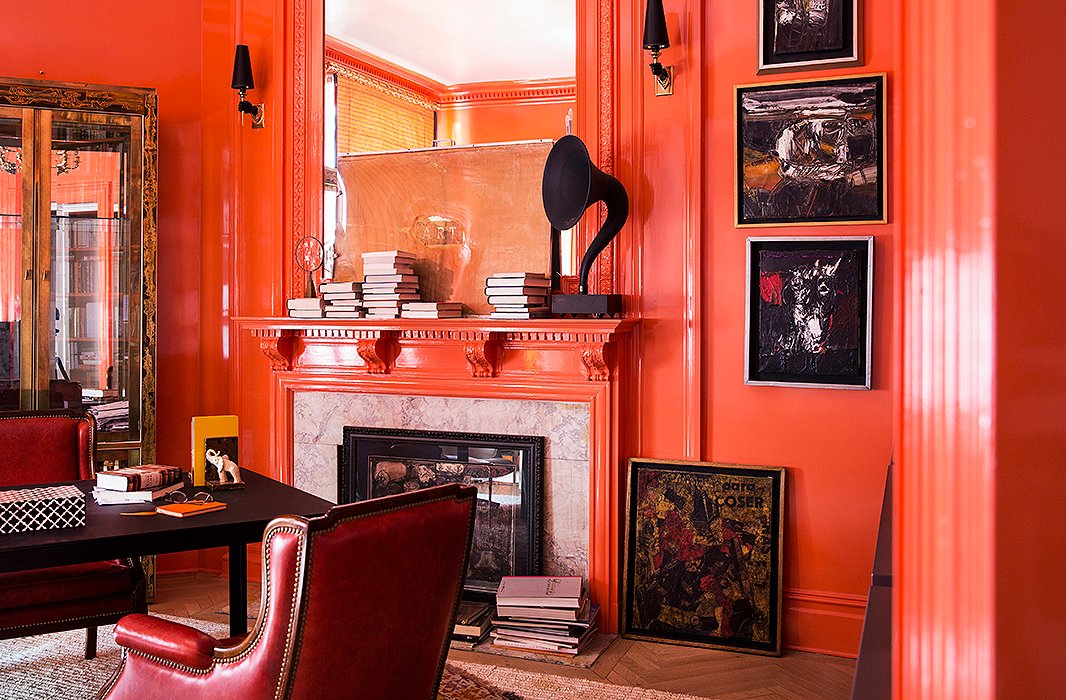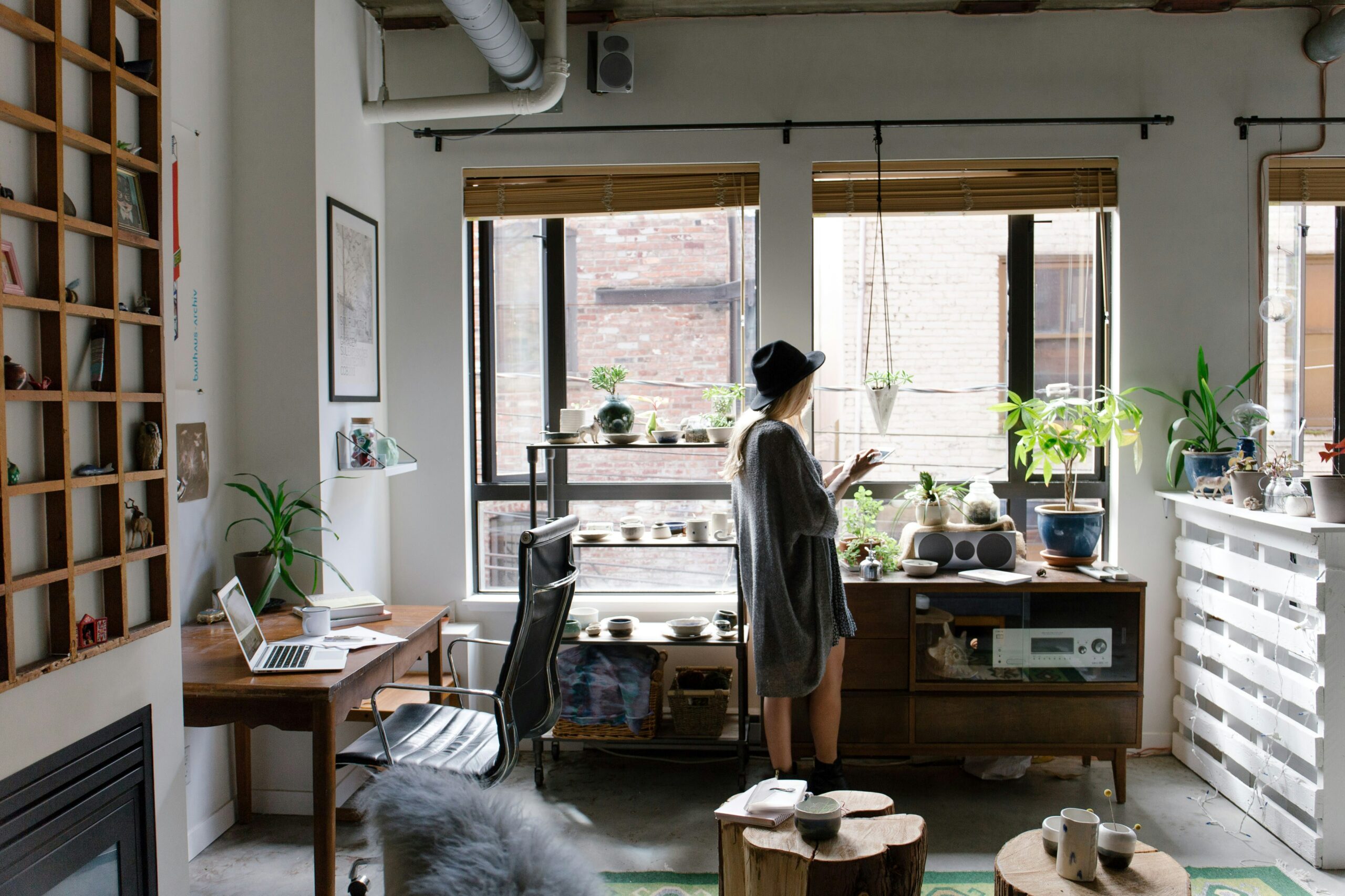Embarking on a journey into interior painting techniques for beginners can be both exciting and daunting. The right painting services can elevate your space, transforming walls into reflections of your personality and style. Whether you’re planning to tackle a DIY project or considering hiring professional painters, understanding various interior painting techniques is essential. This guide will provide you with foundational knowledge and techniques that can help you achieve a stunning finish.
The Fundamentals of Interior Painting
Preparation is key to a successful interior painting project. First, clean your walls to remove dirt and grease. Patch holes and cracks, then sand for a smooth surface. Apply primer, especially on new or repaired walls, for better paint adhesion and a uniform finish. Use high-quality brushes and rollers suited to your paint type. Painter’s tape ensures crisp edges and protects areas from paint. Investing time in these steps enhances the final look and durability of your paint job

Interior Painting Techniques for Beginners: Flat and Matte Paints for a Sophisticated Finish
Flat and matte paints offer understated elegance with a smooth, non-reflective surface that hides imperfections. Ideal for creating a sophisticated ambiance, they work well in bedrooms and dining rooms. Although less durable than glossier finishes, their aesthetic appeal is unmatched. Maintenance may require more effort, but the luxurious finish is worth it. For the best results, opt for high-quality flat or matte paints.

Eggshell and Satin Paints for a Balanced Look
Eggshell and satin paints strike the perfect balance between matte and glossy, thereby offering versatility for various interiors. Firstly, eggshell provides a subtle sheen, making it ideal for living rooms and hallways, as it adds elegance without too much shine. On the other hand, satin offers more luster, along with greater durability and easy cleaning, making it perfect for high-traffic areas like kitchens and bathrooms. Ultimately, both finishes are great for DIY projects and professionals alike, as they enhance your home’s beauty and functionality.

Interior Painting Techniques for Beginners: High-Gloss Paints for a Bold Statement
High-gloss paints provide a vibrant, reflective finish, adding modernity and boldness to any space. Ideal for trim, moldings, and accent walls, they create a dynamic and lively atmosphere. These paints are highly durable and easy to clean, perfect for high-traffic areas like children’s rooms and hallways. However, their reflective nature highlights surface imperfections, so meticulous sanding and priming are essential. With proper preparation, high-gloss paints deliver stunning, eye-catching results that enhance your interior design.

Specialty Paints for Unique Textures and Effects
Specialty paints offer endless possibilities for adding unique textures and effects to your space. For instance, options like metallic, chalkboard, and textured finishes can effortlessly transform ordinary walls into captivating focal points. Metallic paints, for example, bring opulence with shimmering finishes, making them perfect for statement walls or highlighting details. Similarly, chalkboard paints add a playful, functional element, ideal for kitchens, offices, or kids’ rooms. Additionally, textured finishes not only add depth but also hide minor imperfections, thereby enhancing the room’s overall aesthetic. However, these paints often require specific tools and techniques; therefore, it’s wise to learn the methods or consult professionals. Ultimately, specialty paints allow for personalized expression, tailoring each room to reflect your unique style and preferences.

Color Choices and Psychological Impact
Color choices significantly impact the ambiance and emotional feel of your spaces. Warm hues like reds, oranges, and yellows add vibrancy and warmth, ideal for social areas like kitchens and living rooms. Conversely, cool colors such as blues, greens, and purples create a calming effect, perfect for bedrooms, bathrooms, and offices. Neutral tones, including grays, whites, and beiges, provide a versatile foundation, balancing vibrant accents and offering timeless elegance. Additionally, light interaction affects how colors are perceived, with natural and artificial light altering their appearance throughout the day. By using color psychology, you can create spaces that are visually appealing and emotionally enriching, enhancing your overall well-being. The right color palette can invigorate, soothe, or balance your interior design.





